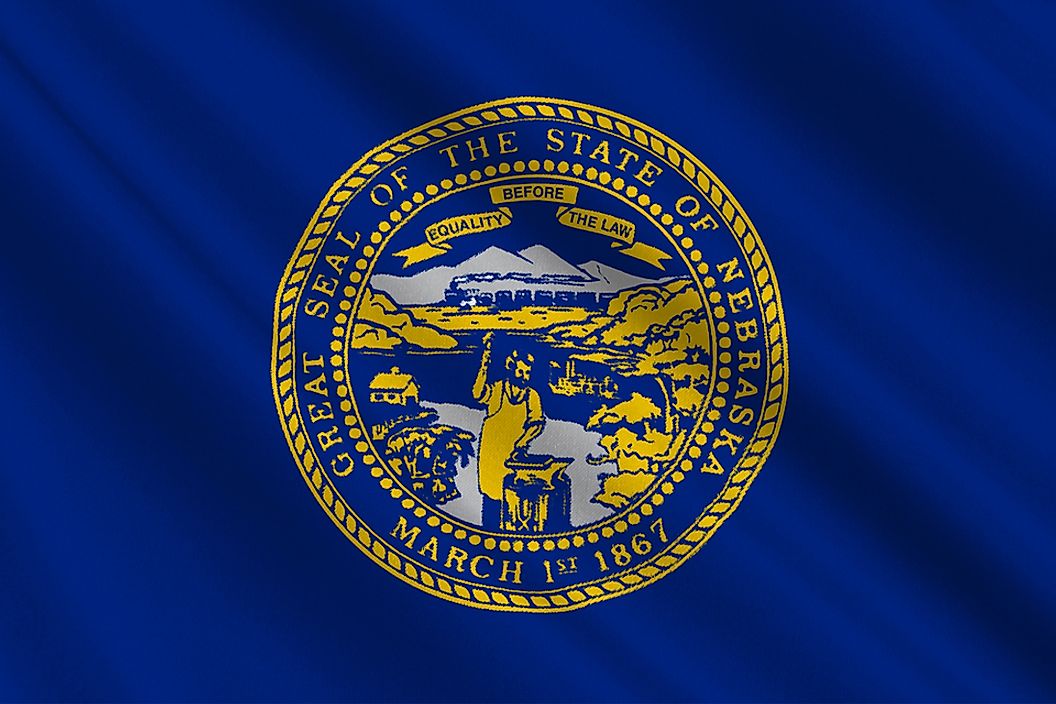What Is the Capital of Nebraska?

Nebraska is the 16th largest state in the US, with an area of approximately 77,347.81 square miles. It is a landlocked state that joined the Union on March 1, 1867, as the 38th state of the United states of America. As at 2016, the state’s population was estimated at 1.907 million. Omaha is the largest city in the state, while Lincoln is its capital and the second largest city.
Overview of the Capital City of Nebraska
Lincoln covers an area of approximately 93.46 square miles. Lancaster County and Seward County are the two metropolitan areas of the city. The United States Census Bureau estimated the population of Lincoln at 280,364 in 2016, and a population density of about 2,999.8/square mile.
Climate of Lincoln
Lincoln is located on the Great Plains, and its climate is rarely influenced by large water bodies or mountains. It experiences a humid continental climate characterized by cold but dry winters and hot, humid summers. Thunderstorms that produce tornadoes characterize the warmer months. The winter season occurs from early October through late April, with an average snow level of about 25.9 inches. The daily temperature averages 4.6 °F in January, but rises to 77.6 °F in July.
How Did Lincoln Become the Capital of Nebraska?
After the creation of Nebraska Territory in 1854, Omaha served as its capital city, although a large part of the population lived south of the Platte River. After Kansas threatened to annex part of its southern territory, Nebraska considered moving the capital south of the river. Senators voted in favor of the action and the Removal Act of 1867, which advocated for the formation of a commission that would identify public land where the city would be located. The commission chose the village of Lancaster due to its flat terrain and low population. Lancaster was later renamed Lincoln on September 6, 1867. On December 1, 1868, the Nebraska State Capitol was completed.
Economy of Lincoln
The capital city of Nebraska is a categorized as a mid-sized American city. Its economy largely depends on the manufacturing and service sectors. The telecommunication, transport, pharmaceutical, insurance, and technology industries also play significant roles in the economy. The Lincoln Metropolitan Statistical Area (MSA) estimated the unemployment rate of the city’s metropolitan area at 2.6%. Hourly wages have increased by 11% since 2014 for both the private and public sectors. The healthcare and medical sectors are among the largest employers in the city, employing about 14,000 people, including medical support staff.
Government of Lincoln
The city is governed by a mayor-council government. The city council consists of a mayor and seven members, four elected in a nonpartisan election from the districts and three members at-large. The state and federal government offices are located within the city, including the Fire and Rescue Department and other emergency services.
Landmarks in Nebraska's Capital City
The Nebraska State Capitol in downtown Lincoln is home to the judicial and executive offices of the state, and is among the most recognized buildings in the US. The William Jennings Bryan House, built between 1902 and 1903, is a historic house that has been declared a National Historic Landmark in 1963. The Lincoln Cathedral, Lincoln Castle, and the Medieval Bishop's Palace are also major landmarks.











